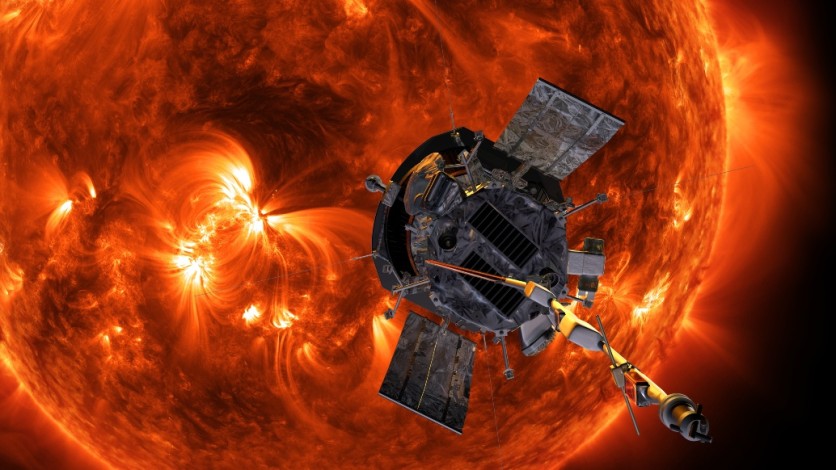NASA's Parker Solar Probe is preparing for a historic rendezvous with the Sun on December 24, 2024 (via BBC).
At an incredible speed of 195 km/s (435,000 mph), this spacecraft is set to achieve a historic milestone by approaching within 4% of the Sun-Earth distance, marking a watershed moment in space exploration comparable to the historic Moon landing of 1969.

Like Landing on a Star
"It's like almost landing on a star," remarks Dr. Nour Raouafi, the Parker project scientist from the Johns Hopkins University Applied Physics Laboratory.
Launched in 2018, the Parker Solar Probe is on a mission to demystify the Sun's corona, the outer atmosphere posing perplexing questions to scientists.
As the probe hurdles toward the Sun, it will reach temperatures of 1,400°C at perihelion, the closest point in its orbit. NASA's next steps are to get in quickly, gather data, and get out fast, all behind a thick heat shield.
A Closer Look of the Sun
The primary scientific objective of this audacious mission is to unlock the perplexing workings of the corona, the Sun's outer atmosphere that defies conventional physics by boasting temperatures exceeding a million degrees Celsius, far hotter than the Sun's surface.
Furthermore, the probe aims to understand the acceleration of charged particles into a supersonic solar wind, a phenomenon crucial for enhancing our understanding of space weather, which can impact Earth's communications and power infrastructure.
"This takes on a new dimension, especially now that we're thinking of sending women and men back to the Moon and even setting up a permanent presence on the lunar surface," Dr. Raouafi emphasizes, underscoring the broader implications for humanity's future endeavors beyond Earth.
Read Also : SpaceX's Falcon Heavy Launches Carrying Top-Secret X-37B Drone on Mysterious US Military Mission
Eugene Parker's Legacy
The mission was named after astrophysicist Eugene Parker, who, in the 1950s, proposed concepts about how stars, including our Sun, emit energy.
Parker's groundbreaking work included theories on the solar wind and an explanation for the superheated solar atmosphere, challenging prevailing notions in physics.
Bracing for the Sun's Heat
As the Parker Solar Probe approaches the Sun, it will deploy a suite of instruments designed to withstand the harsh conditions.
Despite temperatures nearing 2,600°F at the forefront of its solar shield, these instruments will maintain a relatively comfortable temperature of around 85°F, ensuring continuous data collection during the prolonged encounter with the Sun's corona.
Trajectory and Orbits
The probe's trajectory design involves seven Venus flybys over nearly seven years to decrease its orbit around the Sun gradually.
This meticulous approach brings the Parker Solar Probe within an astounding 3.83 million miles approximately nine times the Sun's radius.
At its closest approach, the probe will hurtle around the Sun at a mind-boggling speed of 430,000 miles per hour, equivalent to covering the distance from Philadelphia to Washington, DC, in just one second.
Stay posted here at Tech Times.

ⓒ 2025 TECHTIMES.com All rights reserved. Do not reproduce without permission.




